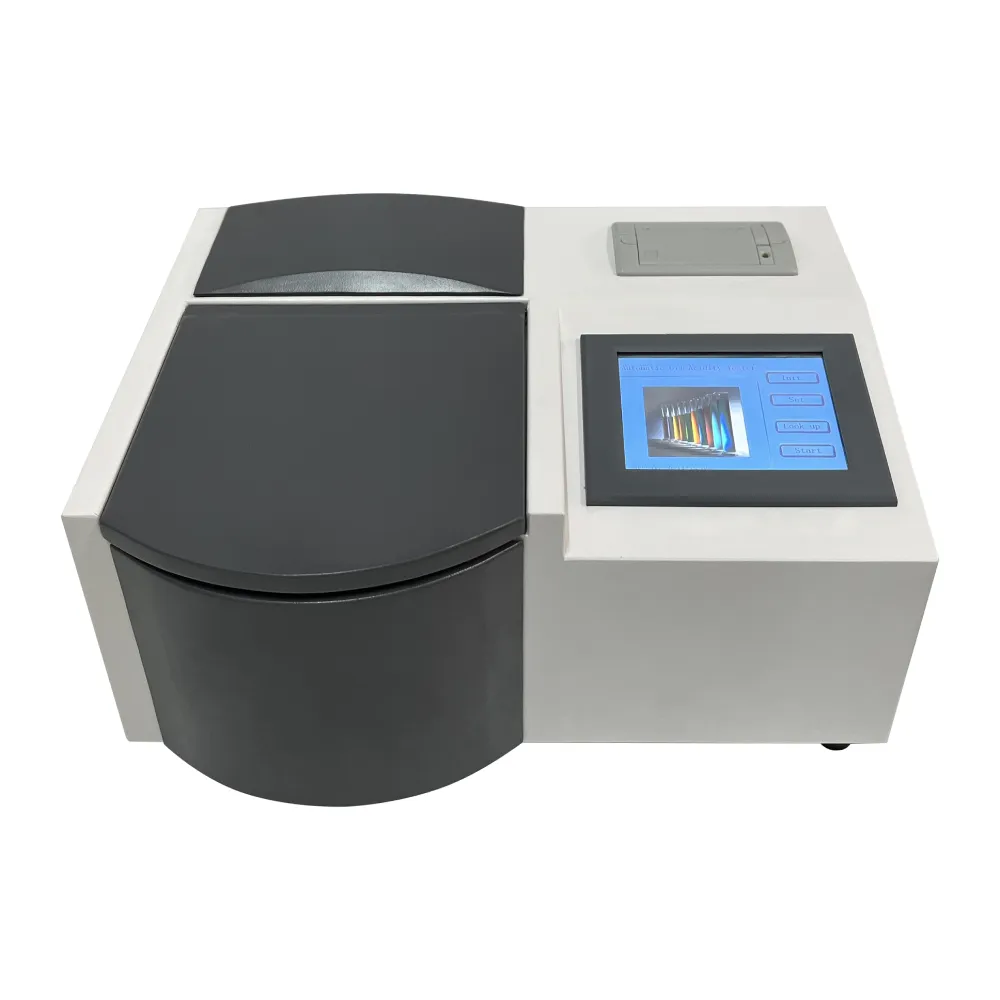 English
English



-
 Afrikaans
Afrikaans -
 Albanian
Albanian -
 Amharic
Amharic -
 Arabic
Arabic -
 Armenian
Armenian -
 Azerbaijani
Azerbaijani -
 Basque
Basque -
 Belarusian
Belarusian -
 Bengali
Bengali -
 Bosnian
Bosnian -
 Bulgarian
Bulgarian -
 Catalan
Catalan -
 Cebuano
Cebuano -
 China
China -
 China (Taiwan)
China (Taiwan) -
 Corsican
Corsican -
 Croatian
Croatian -
 Czech
Czech -
 Danish
Danish -
 Dutch
Dutch -
 English
English -
 Esperanto
Esperanto -
 Estonian
Estonian -
 Finnish
Finnish -
 French
French -
 Frisian
Frisian -
 Galician
Galician -
 Georgian
Georgian -
 German
German -
 Greek
Greek -
 Gujarati
Gujarati -
 Haitian Creole
Haitian Creole -
 hausa
hausa -
 hawaiian
hawaiian -
 Hebrew
Hebrew -
 Hindi
Hindi -
 Miao
Miao -
 Hungarian
Hungarian -
 Icelandic
Icelandic -
 igbo
igbo -
 Indonesian
Indonesian -
 irish
irish -
 Italian
Italian -
 Japanese
Japanese -
 Javanese
Javanese -
 Kannada
Kannada -
 kazakh
kazakh -
 Khmer
Khmer -
 Rwandese
Rwandese -
 Korean
Korean -
 Kurdish
Kurdish -
 Kyrgyz
Kyrgyz -
 Lao
Lao -
 Latin
Latin -
 Latvian
Latvian -
 Lithuanian
Lithuanian -
 Luxembourgish
Luxembourgish -
 Macedonian
Macedonian -
 Malgashi
Malgashi -
 Malay
Malay -
 Malayalam
Malayalam -
 Maltese
Maltese -
 Maori
Maori -
 Marathi
Marathi -
 Mongolian
Mongolian -
 Myanmar
Myanmar -
 Nepali
Nepali -
 Norwegian
Norwegian -
 Norwegian
Norwegian -
 Occitan
Occitan -
 Pashto
Pashto -
 Persian
Persian -
 Polish
Polish -
 Portuguese
Portuguese -
 Punjabi
Punjabi -
 Romanian
Romanian -
 Russian
Russian -
 Samoan
Samoan -
 Scottish Gaelic
Scottish Gaelic -
 Serbian
Serbian -
 Sesotho
Sesotho -
 Shona
Shona -
 Sindhi
Sindhi -
 Sinhala
Sinhala -
 Slovak
Slovak -
 Slovenian
Slovenian -
 Somali
Somali -
 Spanish
Spanish -
 Sundanese
Sundanese -
 Swahili
Swahili -
 Swedish
Swedish -
 Tagalog
Tagalog -
 Tajik
Tajik -
 Tamil
Tamil -
 Tatar
Tatar -
 Telugu
Telugu -
 Thai
Thai -
 Turkish
Turkish -
 Turkmen
Turkmen -
 Ukrainian
Ukrainian -
 Urdu
Urdu -
 Uighur
Uighur -
 Uzbek
Uzbek -
 Vietnamese
Vietnamese -
 Welsh
Welsh -
 Bantu
Bantu -
 Yiddish
Yiddish -
 Yoruba
Yoruba -
 Zulu
Zulu
Evaluation and Analysis of Insulating Oil Performance in Electrical Applications
Testing of Insulating Oil Importance and Methods
Insulating oil plays a crucial role in the safe and efficient operation of electrical equipment, particularly transformers and capacitors. Its primary function is to insulate and cool the components, preventing electric discharges and overheating. Over time, however, insulating oil can degrade due to various factors, including temperature fluctuations, moisture ingress, and the presence of contaminants. Therefore, regular testing of insulating oil is essential to ensure its optimal performance and the longevity of electrical equipment.
Testing of insulating oil involves several key parameters that assess its quality and functionality. Firstly, the dielectric strength of the oil is measured. This parameter indicates the oil's ability to withstand electrical stress without breaking down. A high dielectric strength is critical for preventing electrical arcing, which can lead to catastrophic failures. Typically, testing labs use a dielectric strength tester to apply a voltage until breakdown occurs, providing a clear indication of the oil's capacity.
Another important aspect of insulating oil testing is the determination of water content. Excess moisture can significantly reduce the oil's insulating properties and promote the formation of acids through hydrolysis, further deteriorating the oil. The Karl Fischer titration method is a commonly used technique to measure the moisture content, providing accurate results that help in assessing the oil's condition.
testing of insulating oil

Furthermore, the presence of particulate matter and soluble contaminants is evaluated through a particle count test and dissolved gas analysis. These analyses identify the degradation products and any potential issues arising within the transformer or capacitor. For example, the presence of gases like acetylene may indicate electrical faults.
Additional tests may include the measurement of viscosity and the acid number. The viscosity of insulating oil is vital for its cooling properties, while the acid number reflects the degree of oxidation and contamination within the oil. Regular monitoring of these parameters aids in making informed maintenance decisions, ensuring the reliability of electrical systems.
In conclusion, the testing of insulating oil is a fundamental practice in maintaining the integrity of electrical equipment. By assessing dielectric strength, moisture content, particulate matter, and chemical properties, operators can proactively address issues that may impact performance. Investing in regular oil testing not only extends the life of critical equipment but also enhances operational safety.
-
Using Distillation Range Testers in the Food and Beverage IndustryNewsApr.16,2025
-
The Impact of IoT on Distillation Range Tester PerformanceNewsApr.16,2025
-
The Best Distillation Range Testers for Extreme ConditionsNewsApr.16,2025
-
How Distillation Range Testers Save Time and MoneyNewsApr.16,2025
-
Distillation Devices for Advanced Separation TechniquesNewsApr.16,2025
-
Common Mistakes to Avoid When Using a Distillation Range TesterNewsApr.16,2025



